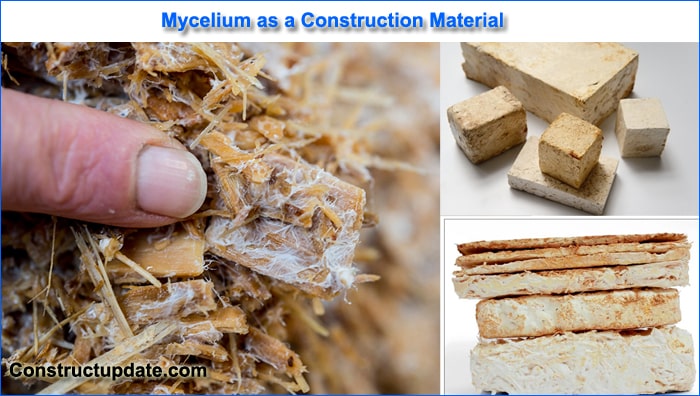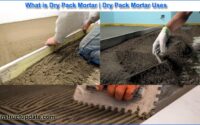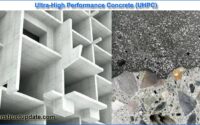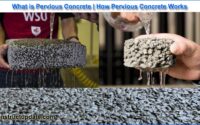What is Mycelium | Mycelium Uses as Building Construction Material
Recently, the use of mycelium, a naturally occurring fungus substance with industrial-level strength, as a building material has been investigated. Future dwellings could literally be built with the help of this developing substance!
What is Mycelium?
Fungus fibres that resemble fragile roots and are found underground are referred to as mycelium. Mycelium is entirely biodegradable, compostable, and organic. It becomes highly durable and fire, mould, and water resistant once it has dried.
Mycelium has traditionally been used most frequently for packaging. One business, Ecovative Design, has found a use for mycelium outside packaging. They are producing alternatives to meat, leather made without using animals, skincare items, and more. They have control over the texture, tensile strength, and porosity of mycelium-based goods because of their fabrication technique.
Mycelium can regenerate quickly, which distinguishes it from other materials. It is non-toxic, insulating, and all-natural, and it may even be used for 3-D printing. Mycelium has the ability to develop a brand-new paradigm for architectural design.

Why Would We Want to Build Homes With Fungi?
It may take some getting used to, but this idea seems bizarre.
Buildings’ increasing environmental effect puts them in a unique position to investigate cutting-edge technologies. We frequently think that when we hear the word “technology,” it is referring to inside building technology, such as HVAC systems or smart thermostat controls. But there are countless chances to find novel technology that could affect how construction is done in the future.
Concrete and steel, common building materials, make a sizable contribution to the building industry’s major environmental impact. It is necessary to do research on novel materials if the building sector is to meet ambitious environmental targets. One of the most intriguing new materials currently being researched is mycelium in the shape of bricks.
Although mycelium has been investigated theoretically as a potential building material by many, there are few examples of it being used to create a building. Here, we’ll go through a few case studies that demonstrate the usage of mycelium in cutting-edge projects to show the variety of uses for this novel material.
Mycelium as a Building Construction Material
The mushroom brick tower built in 2014 by the architectural firm The Living demonstrates the possibilities of mycelium as a building material. It was called “Hy-Fi” and it was located in the courtyard of the MoMA PS1 building in Manhattan. The mycelium used to make the bricks was grown on agricultural waste. The firm that created the mycelium wine container, Ecovative, is where the concept originated.
The 40-foot-tall mushroom-shaped brick structure was made of 10,000 bricks. The mycelium brick is far less durable than regular brick, but it is also a lot lighter. The compressive strength of bricks is at least 28 MPa, whereas the compressive strength of mushroom bricks is just 0.2 MPa.
However, they are 60 times lighter than standard bricks: 43 kg/m3 against 2,400 kg/m3. We can still stack them 40 feet high, for that reason. However, using mycelium as a building material for non-load-bearing structures makes considerably more sense. like in inner walls and as an insulator.
Materials made from mushrooms may be easily moulded into any shape and are strong and inherently fire resistant. Additionally, they are friendly to the environment. They can decompose if exposed to living things and are carbon-neutral. The use of mycelium as a building material presents fantastic prospects for turning agricultural waste into a cheap, environmentally friendly, and biodegradable material substitute.
The Conversation mentions additional initiatives as well, such as MycoTree, a spatial branching structure that demonstrates how mycelium as a building material can reach stability in creative buildings. Additionally, NASA is investigating the utilisation of mycelium to create livable structures on Mars.
A very versatile material
And finally, a fantastic essay that recently appeared in Scientific American extols nature’s capacity to put together materials, particularly mycelium. “Mycelium’s rapidly expanding fibres provide materials used for packaging, clothes, food, and construction, including scaffolding for the growth of organs and plant-based meat and leather. When used as a technology, mycelium helps replace plastics that are quickly building up in the environment. And, according to the author, “humanity needs to discover solutions to escape the mess we’ve brought upon ourselves.” The most potent technology we have is biological technology, and with the right management, we can use it to coexist peacefully on spaceship Earth.





